Traditional Canadian Clothing fascinates me because it tells stories beyond fabric and thread. Each piece reflects its makers, their land, and the traditions they passed down. From Indigenous designs to the Hudson’s Bay stripes and the Mountie’s red uniform, Canada’s clothing turns history into something you can see and feel.
I often wonder how these styles came to represent Canada — and why they still matter today. The more I’ve learned, the clearer it’s become that traditional Canadian clothing isn’t a single story. It’s shaped by many cultures, long winters, and communities that learned to adapt and grow together.
In this piece, I’ll share insights on:
- The influence and meaning of Indigenous styles
- Iconic garments like the Hudson’s Bay coat and Red Serge
- Regional variations that define each part of Canada
These traditions are more than fashion; they remind us of where we come from and how the past continues to shape Canadian identity today.




1. History of Traditional Canadian Clothing
Historical Roots

The story of traditional dress in Canada brings the nation’s past to life. Each garment carries echoes of history, shaped by the rugged land and the many cultures that call this country home. These clothes aren’t just pieces of clothing — they are living reminders of Canada’s heritage.
Think of the intricately crafted regalia of Indigenous communities, made with care and full of meaning. Or the practical outfits of early settlers, built to withstand long winters and untamed wilderness. Every piece tells a story of resilience, adaptation, and human determination.
Cultural influences shaped Canadian clothing, blending practicality with personal expression. For me, seeing these garments today is more than style — it’s a link to the past and my roots. Traditional clothing remains a living link to the people and stories that shaped Canadian identity.
2. Canadian National Costume
Canadian National Costume for Men
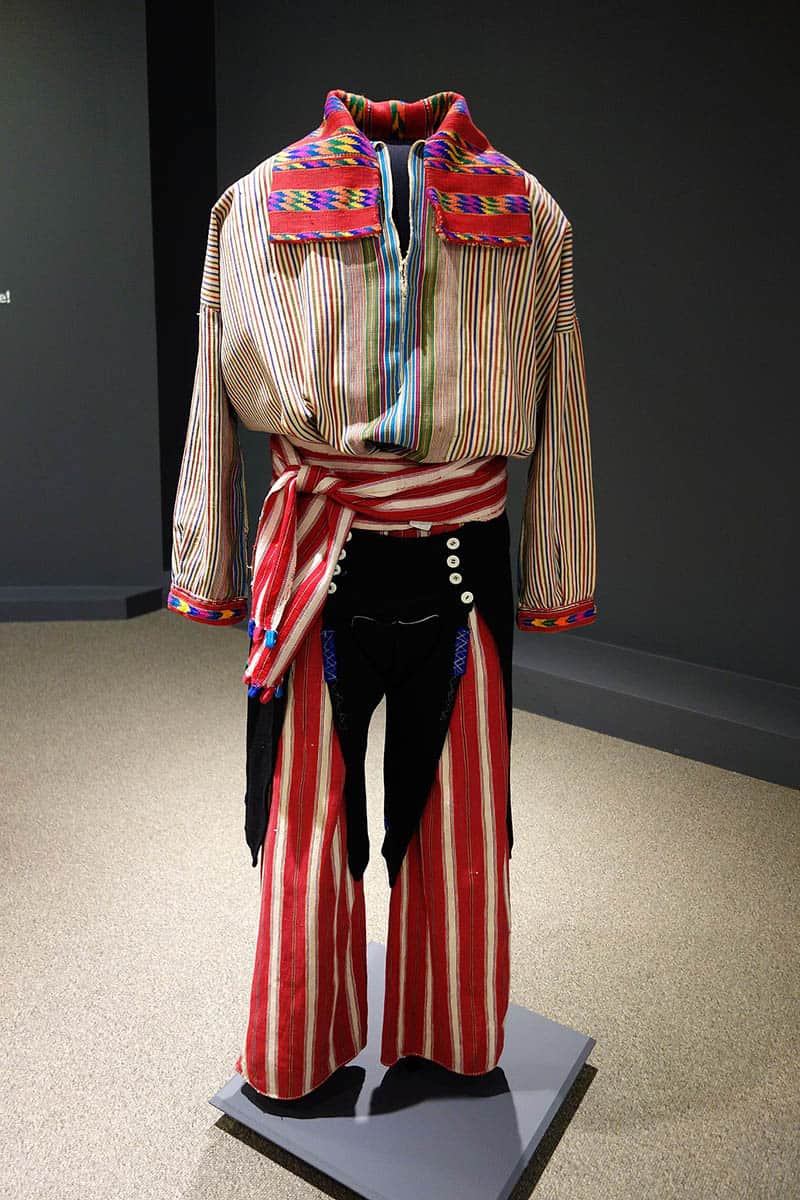
Canadian traditional male clothing tells a story of history, culture, and survival. Indigenous men often wore the Hudson’s Bay Blanket Coat, first traded by the Hudson’s Bay Company and now a symbol of Canadian heritage. Each coat carries a history of trade, community, and identity.
The Capotette, a hooded coat worn by French-Canadian voyageurs, offered protection on long trips through harsh winters. Settler communities relied on practical garments like the Mackinaw jacket, valued for warmth and durability.
Accessories like fur hats, leather boots, and moccasins completed the look. Today, these garments are still celebrated in Canadian fashion, carrying forward the traditions, stories, and strength of the people who first wore them.
Canadian National Costume for Women
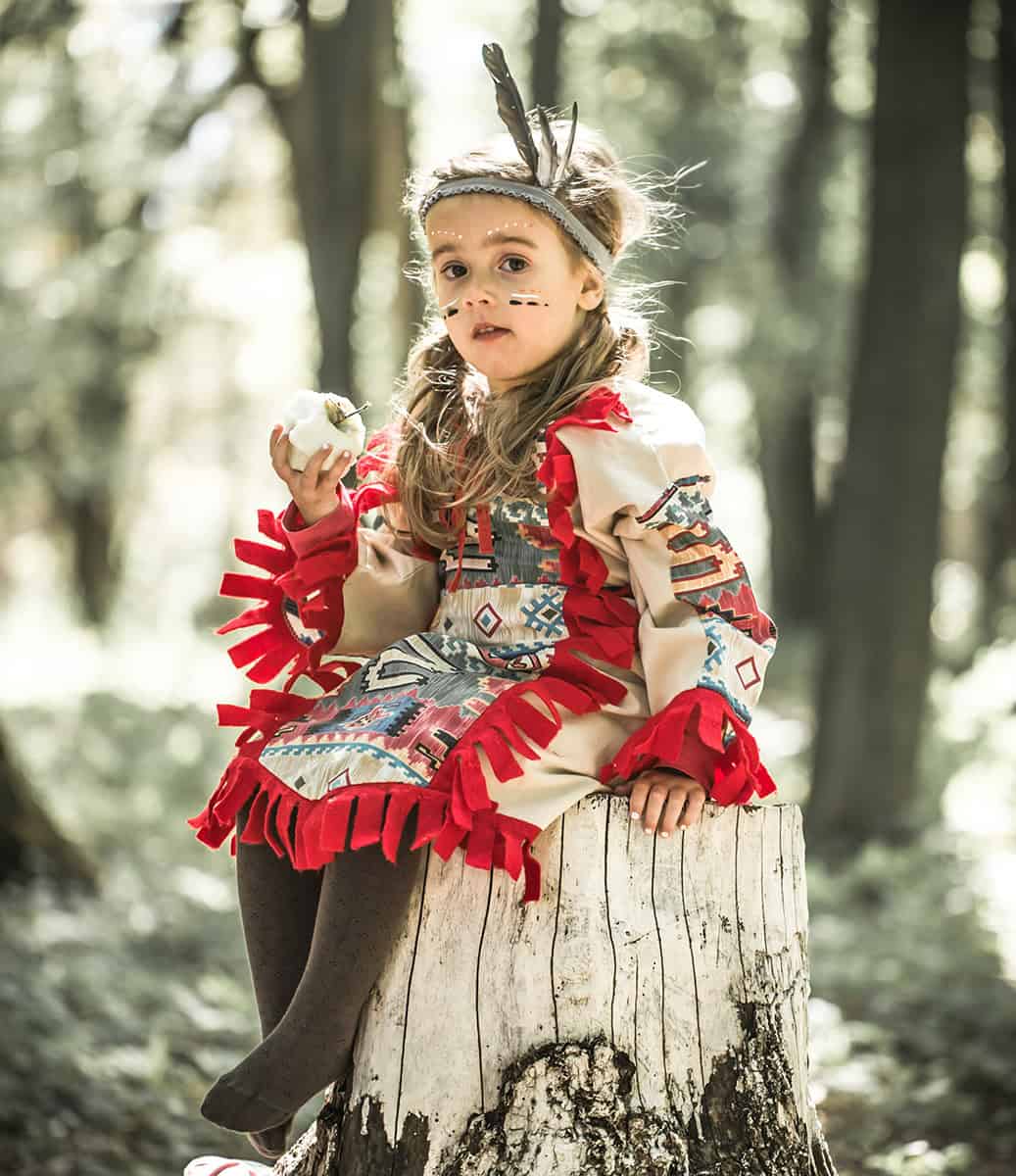
Canadian traditional female clothing carries the stories of the people who shaped this country. Indigenous women often wore buckskin dresses with detailed beadwork or ribbon shirts decorated with bright ribbons, each piece reflecting tradition and skill.
Early settler women dressed for practicality, wearing long skirts, sturdy garments, and shawls to withstand harsh winters. The Métis Sash, a woven belt, shows the blending of Indigenous and settler influences.
Today, these styles remain meaningful. They appear in modern fashion, celebrated not just for their beauty but for the heritage and values they pass from one generation to the next.
See Also Traditional Spanish Clothing
3. Notable Vintage Canadian Outfits
Hudson’s Bay Blanket Coats
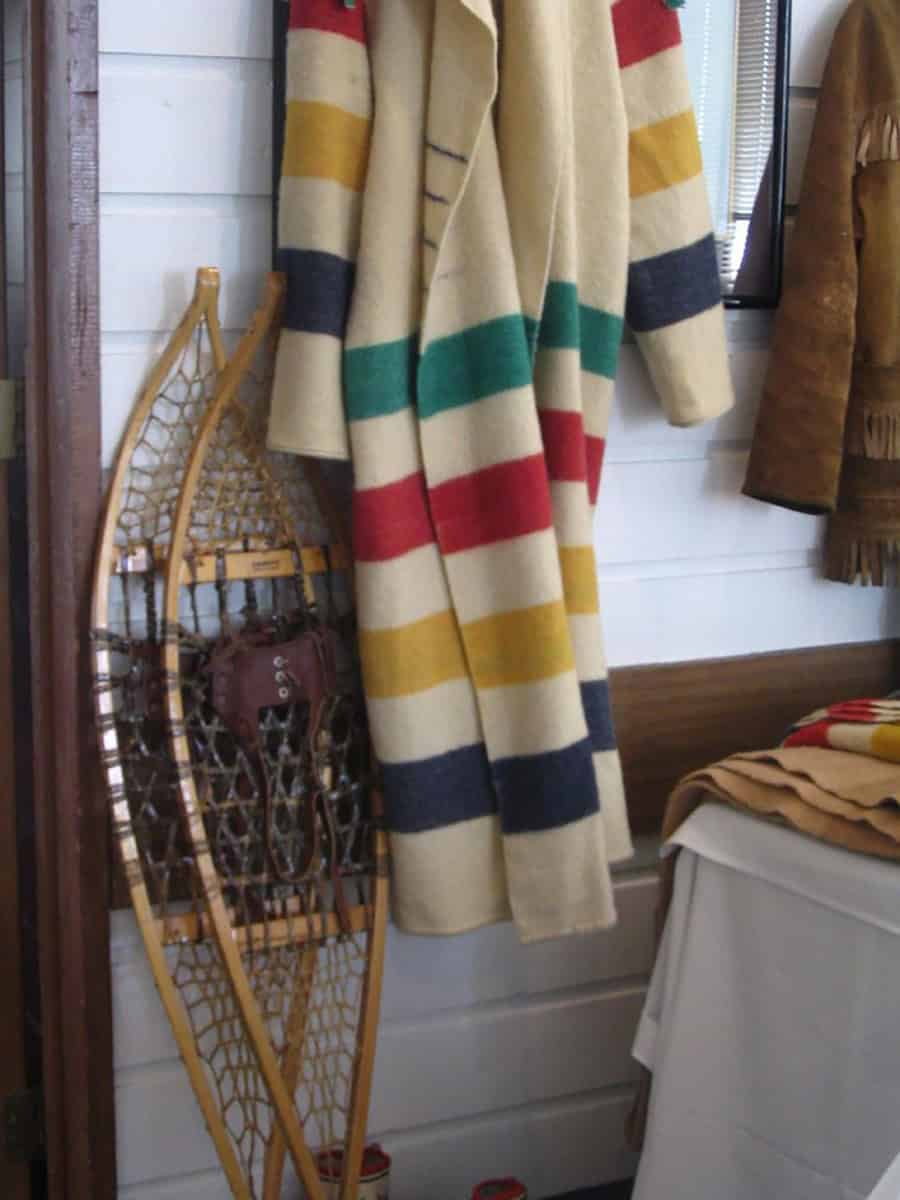
Hudson’s Bay Blanket Coats are among the most iconic pieces of Canadian clothing, carrying stories from long ago. Made from the striped blankets traded by the Hudson’s Bay Company, they were valued for both practicality and style.
Their bright stripes and thick wool kept people warm during harsh Canadian winters. Worn by Indigenous peoples and settlers alike, the coats tell a story of cultures coming together and adapting to life in the frontier.
Today, Hudson’s Bay Blanket Coats remain cherished symbols of Canadian heritage, reminding us of resilience, adaptability, and the enduring spirit of those who first wore them.
Red Serge
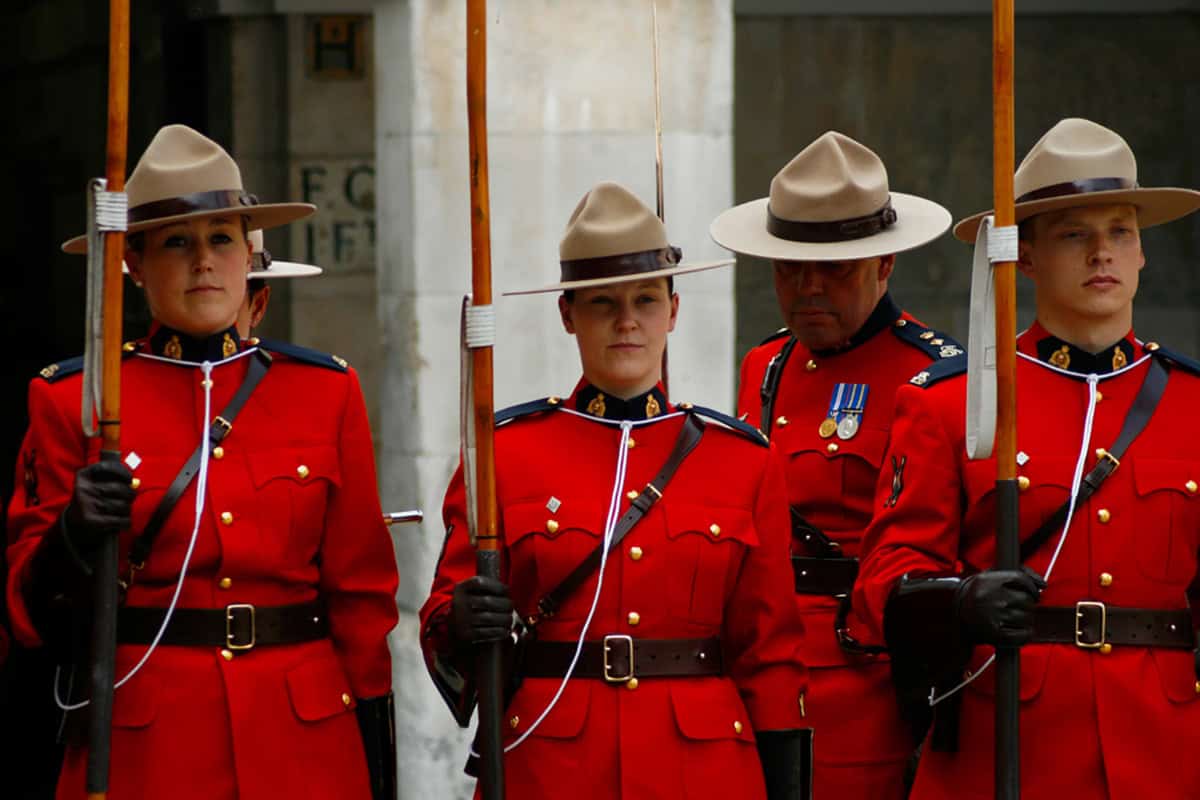
A significant aspect of Canadian tradition is the Red Serge uniform, notably worn by the Royal Canadian Mounted Police (RCMP). This uniform, featuring a striking red tunic with yellow trim and brass buttons, is deeply rooted in Canadian Culture and recognized globally.
Originating in the late 19th century, the Red Serge serves not only as a symbol of law enforcement but also embodies Canadian pride and identity. Its enduring design and historical significance reflect the values of duty, honor, and service upheld by the Royal Canadian Mounted Police.
Whether worn during ceremonial events or everyday duties, the Red Serge remains a steadfast emblem of Canada’s heritage and commitment to justice.
Capot
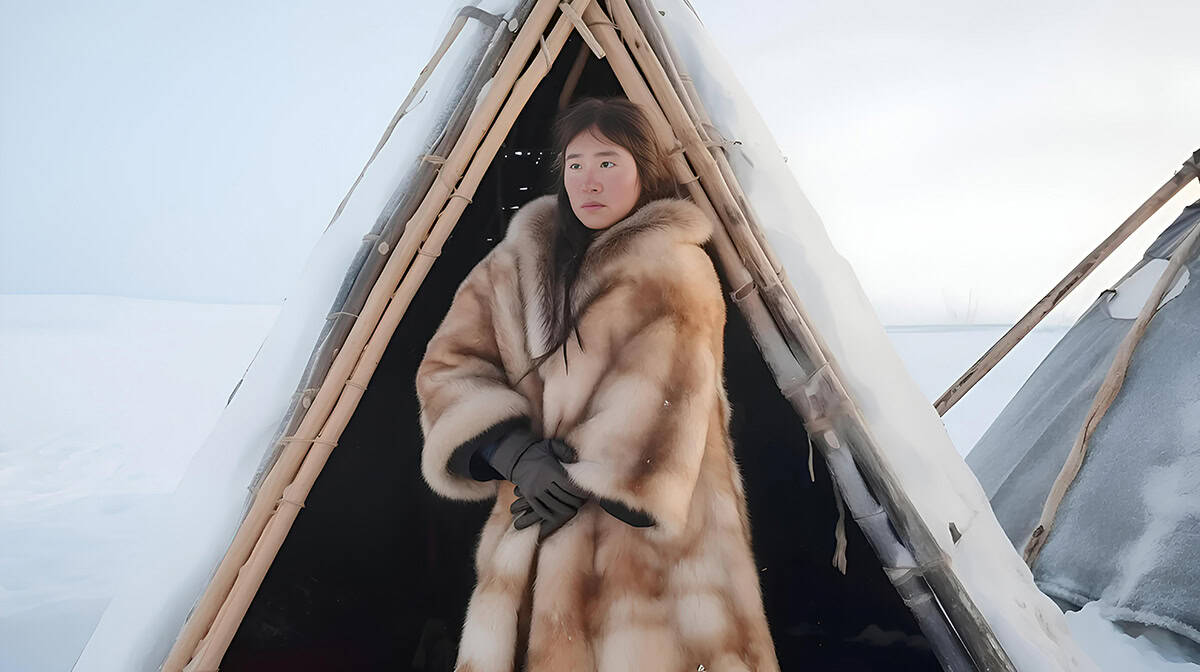
The Capot, also known as the Capote, is a hooded coat with French-Canadian origins, traditionally made from wool and featuring a distinctive hood. Historically worn by fur traders, voyageurs, and settlers during harsh Canadian winters, the Capot provided essential warmth and protection from the elements.
Today, it remains a symbol of Canadian heritage, valued for its practicality and historical significance.
Mackinaw jacket
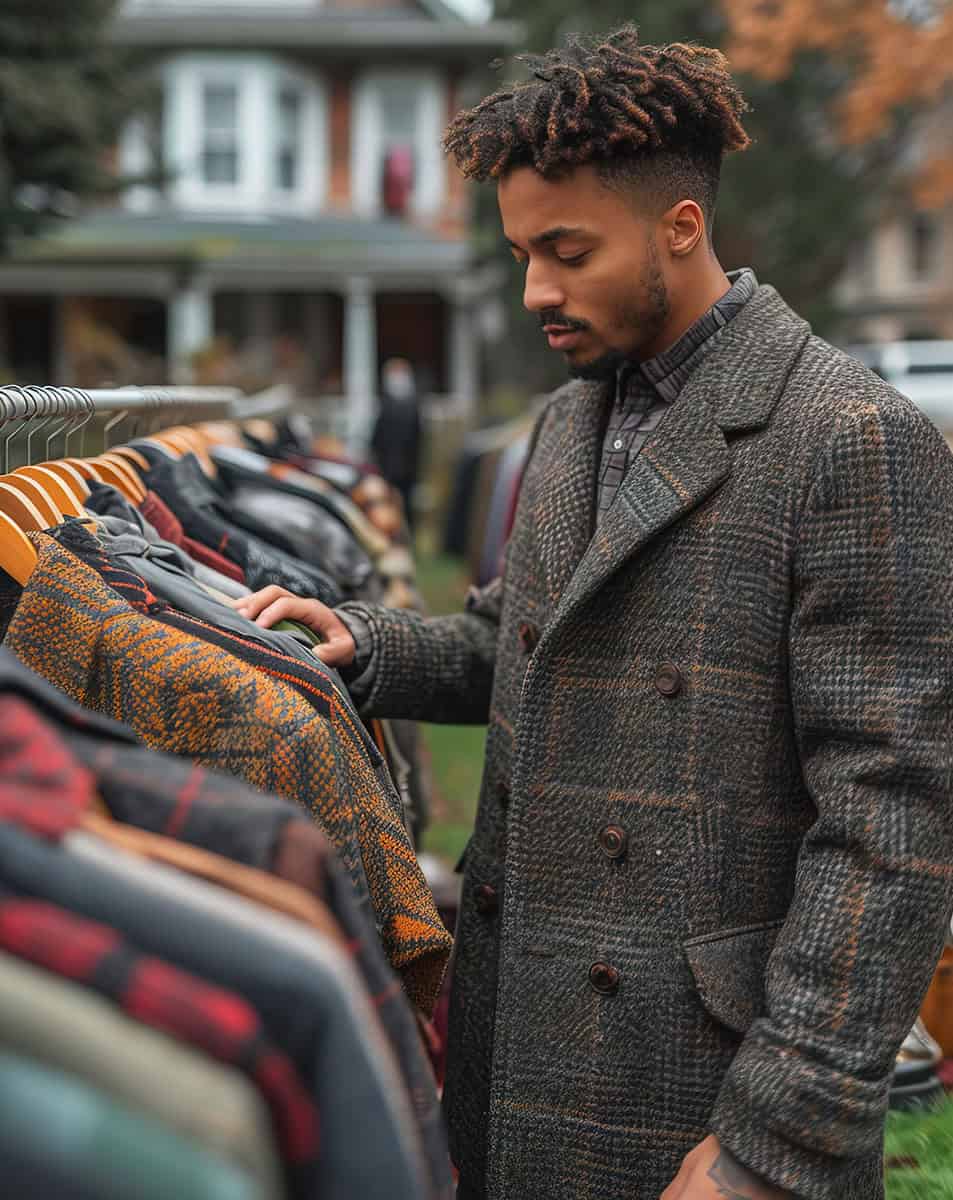
The Mackinaw jacket, named after the Mackinac region where it originated, is a woolen jacket known for its warmth and durability. Originally designed for outdoorsmen and loggers, the Mackinaw jacket features a distinctive plaid pattern and multiple pockets for storage.
Popular in Canada since the early 20th century, it remains a staple of Canadian national costume, particularly in colder regions, prized for its ruggedness and practicality.
Accessories
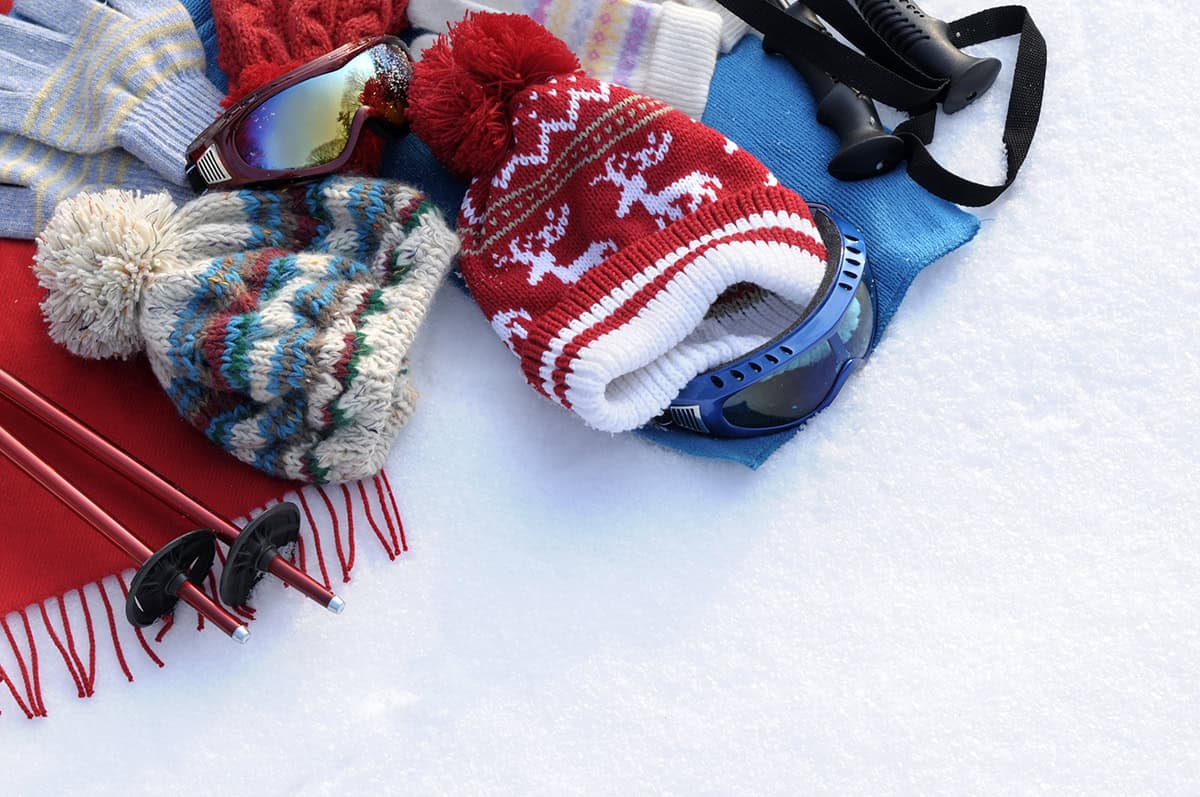
Traditional accessories are an essential part of Canadian clothing, combining practicality with style. Moccasins, made from soft leather and decorated with beadwork, have been worn by Indigenous Canadians for centuries. Beyond comfort, they reflect a deep connection to the land and culture.
Tuques, first worn by French-Canadian settlers, are now a key part of traditional Canadian outfits. Their wool keeps people warm in freezing winters, whether skating or walking through snow-covered forests.
Sashes, especially the brightly colored Métis ones, are woven with intricate patterns. They supported heavy clothing and carried cultural meaning, representing heritage and community pride.
Together, these accessories bring Canadian fashion to life, telling stories of tradition and resilience. As artist Gerald McMaster once said:
“Our art, our dress, our language — they are our identity. They are the stories we tell about ourselves.”
These accessories are more than clothing; they are the stories we wear, connecting us to the past and our identity.

4. Canadian Costumes in Different Eras
Canadian Attire During the Fur Trade Era
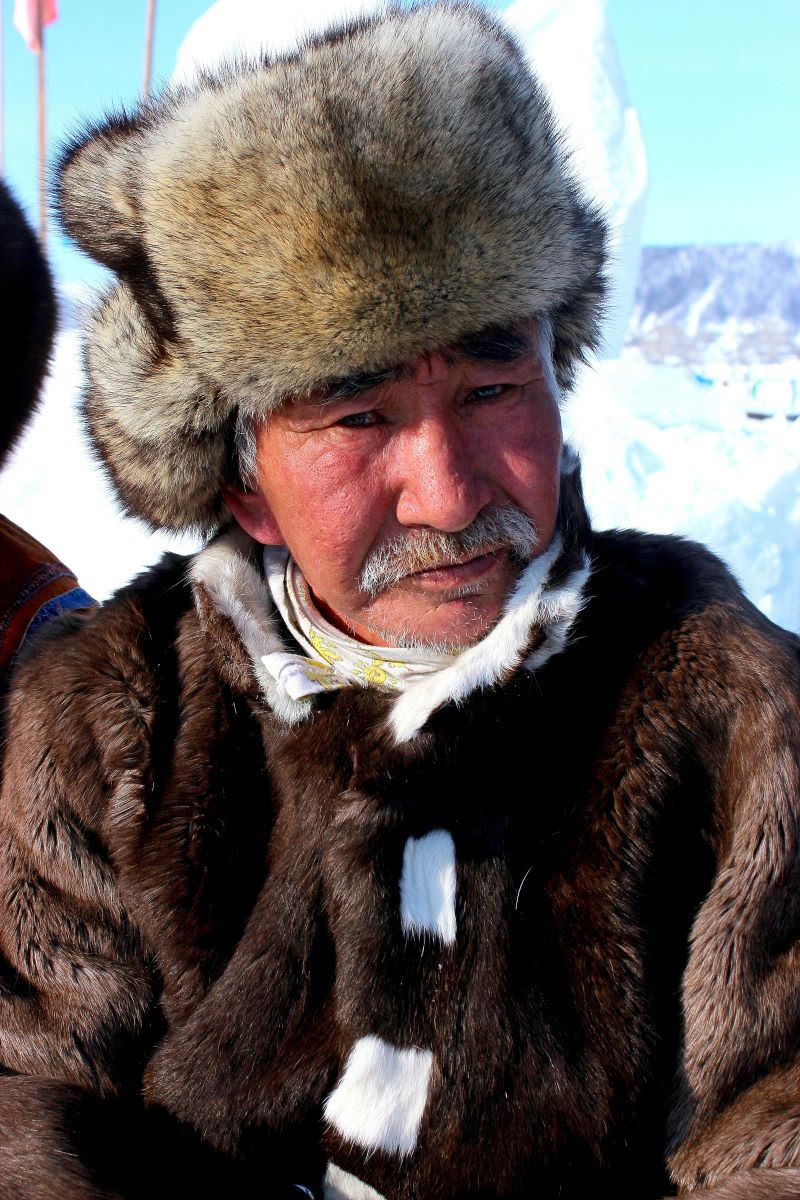
During the mid-1600s in Canada, clothing was deeply influenced by the demands of the fur trade period. Indigenous peoples predominantly wore clothing made from animal hides, such as deer or buffalo, crafted into garments like breechcloths, leggings, tunics, and moccasins.
These pieces provided both protection and flexibility for hunting, gathering, and trading activities. European settlers and fur traders, recognizing the practicality of Indigenous attire, often adopted similar styles.
Additionally, they introduced European garments like wool coats, felt hats, and leather boots to withstand the harsh Canadian climate.
Canadian Attire in the Edwardian Era
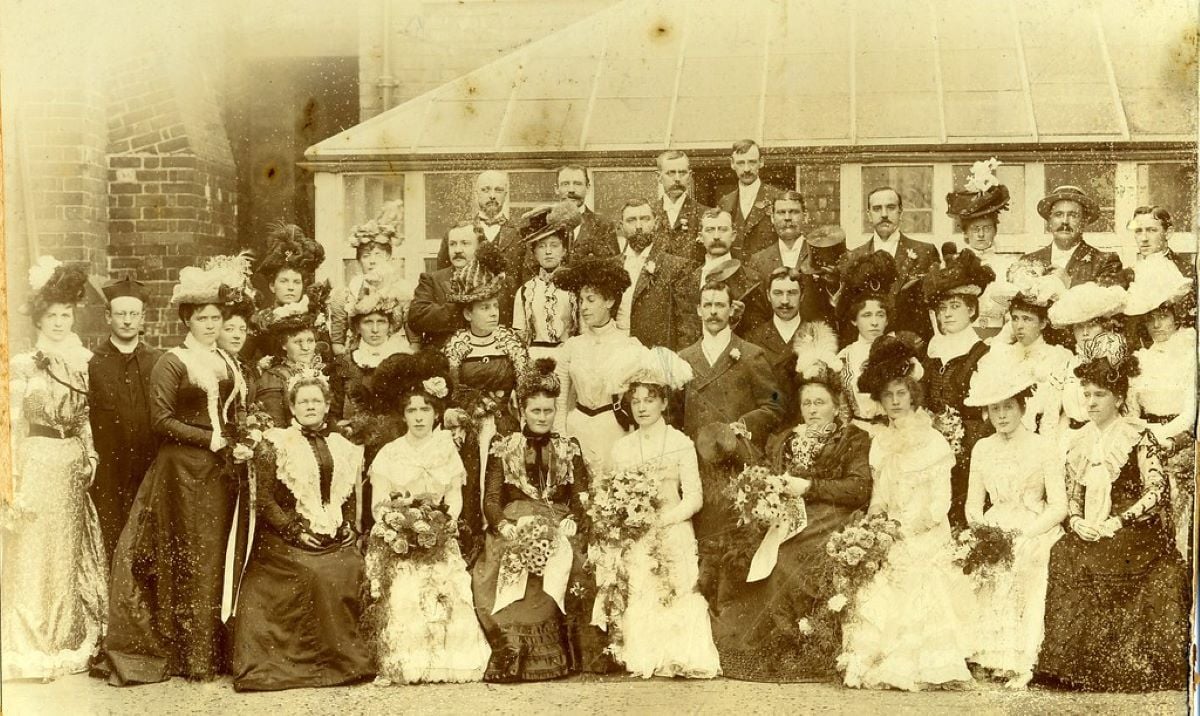
During the Edwardian era (1901 to 1910), traditional Canadian clothing trends were significantly influenced by global fashion, particularly French haute couture, which shaped women’s fashion with its “columnar silhouette” and phased-out corset garments. Mass production also became more widespread, affecting local garment manufacturing, especially in men’s wear.
For men, suits tailored in the Edwardian style became popular, featuring high-waisted trousers, fitted jackets with defined waistlines, and long coats. Rural workers often wore practical attire like overalls and work shirts.
Women adopted the “Gibson Girl” look, characterized by slender silhouettes with defined waists and full sleeves. Long skirts adorned with elaborate trimmings, lace, and ruffles were fashionable, along with tailored suits for daytime wear. Wide-brimmed hats adorned with feathers or ribbons completed the look.
During this era, clothing mirrored social status and Victorian modesty ideals. Common fabrics like silk, velvet, and lace reflected a fusion of European and local influences in Canada. In British Columbia, strong global fashion trends influenced residents, who integrated these styles with their distinctive regional identity.
Canadian Attire During World War 1

During the World War 1 period (1914 to 1918), national clothing in Canada experienced significant changes due to the demands of wartime and shifting social dynamics.
In that period, men mainly wore military uniforms, featuring tailored jackets, trousers, leather boots, and caps made from durable wool. Civilian clothing was simplified due to fabric rationing, focusing on practical designs.
Women’s fashion adjusted as well, with many taking on traditionally male roles in factories. This led to the rise of practical attire like trousers and overalls, emphasizing functionality over fashion.
In World War 1, both Canada and British Columbia experienced a transition towards functional and utilitarian clothing, emphasizing durability and efficiency over fashion, in response to the demands of wartime life and national efforts.
Canadian Attire in the Interwar Era

During the interwar period (1918 to 1939), Canadian traditional costumes underwent notable changes influenced by evolving societal norms, economic conditions, and global fashion trends.
Following World War I, men’s fashion transitioned away from formality. Suits adopted softer lines and looser fits, featuring tweed jackets, high-waisted trousers, and casual shirts for everyday wear. Sportswear like knitted sweaters and cardigans gained popularity, reflecting a growing interest in outdoor activities such as golf and skiing.
Women continued to showcase the “flapper” style of the 1920s, characterized by shorter hemlines and a more boyish silhouette. They expressed liberation through sleeveless dresses, cloche hats, and beaded evening gowns. As time progressed, the silhouette evolved to be more tailored and feminine, introducing bias-cut dresses and tailored suits.
In the interwar period in Canada, clothing styles relaxed, reflecting changing societal attitudes. American fashion and Hollywood glamour influenced dress in Canada, alongside a growing interest in sportswear and outdoor pursuits.
See Also Traditional Chilean Clothing
5. Pattern of Canadian Attire

Traditional Canadian clothing features a rich variety of patterns and textures. From the bold designs of indigenous garments to the floral motifs of French and British-inspired attire, each pattern conveys a unique story of cultural heritage. Similarly, garments influenced by European settlers showcase detailed embroidery, lacework, and tartan patterns, honoring their respective cultural traditions.

Traditional Canadian Clothing: A Recap
Traditional Canadian Clothing has always fascinated me because it tells the story of our history and identity. From the rugged Hudson’s Bay Blanket Coats to the warm Mackinaw jackets, each piece carries a sense of resilience and adaptation that I find deeply moving.
Living in or visiting places like British Columbia, I’ve seen how traditional clothing still holds special meaning. These garments reflect the heritage of Indigenous peoples and remind me of their strength and ability to adapt through generations of change.
When I see traditional dress at pow-wows or in everyday life, it feels like a bridge to the past. It connects me — and everyone who wears it — to our roots, keeping the stories, culture, and values of Canada alive.


